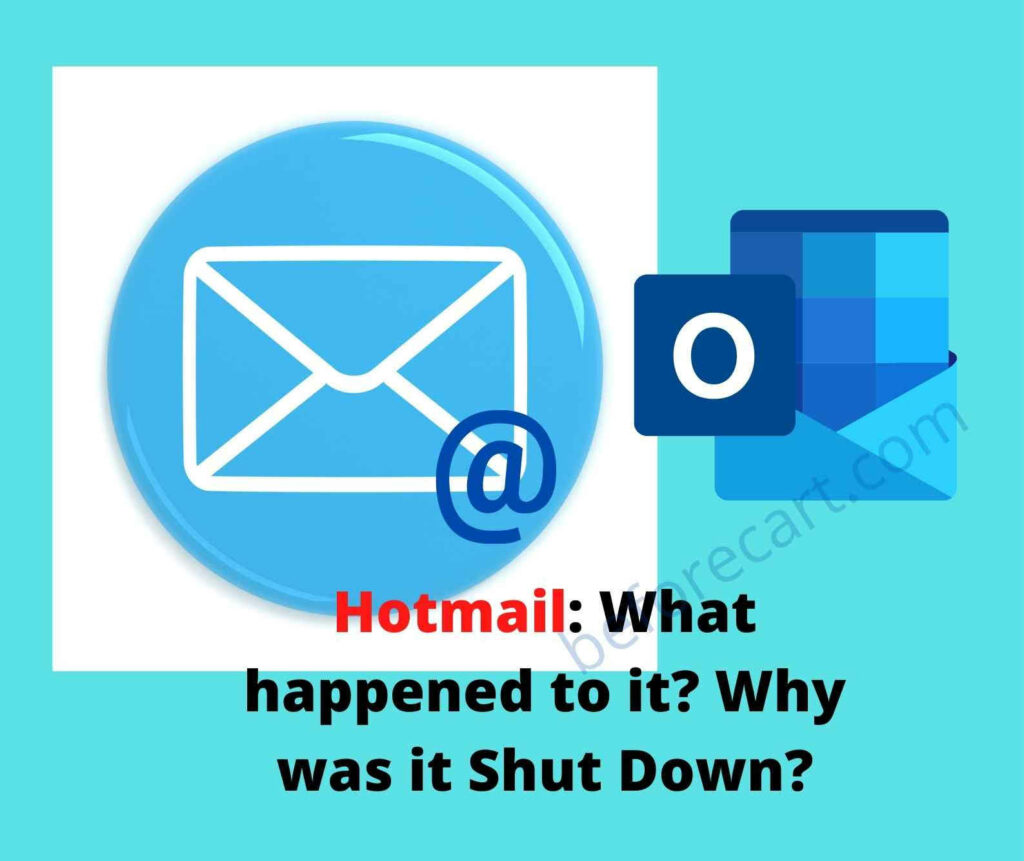What Happened To MapQuest? MapQuest is an online platform for mapping and geolocation services that offers location-based information through satellite imagery and maps.
The main factor that contributed to MapQuest’s downfall was the subpar quality of its product, which failed to match up to superior alternative mapping solutions.
What Is MapQuest?
Table of Contents
MapQuest is a popular online mapping platform that utilizes satellite imagery and maps to provide accurate location data to its users.
By utilizing MapQuest, individuals can search for specific addresses, compare various amenities such as restaurants and gas stations, and plan out their routes with ease. Additionally, drivers can benefit from real-time traffic updates, including traffic camera feeds, and ensure that they are adhering to local speed limits.
MapQuest has also formed a partnership with Yelp, providing its users with detailed descriptions and reviews of various locations. Moreover, through its partnership with Priceline, users can compare and book hotels, rental cars, flights, and various activities.
For those looking for travel inspiration, MapQuest’s Travel platform provides engaging travel-related content to its users.
Apart from its consumer platform, MapQuest also offers an enterprise solution that enables businesses to use its location data for their own platforms by tapping into its API.
MapQuest can be accessed via its website or through its mobile apps, which are available on both Android and iOS devices. While it was once the leader in the online maps industry, it has since been surpassed by services such as Google Maps.
In the next few sections, we’ll dive deeper into how MapQuest rose to prominence and the factors that ultimately contributed to its decline.
Recommended: Brave Business Model
Who Owns MapQuest?
As of today, MapQuest remains under the ownership of AOL, which acquired the online mapping platform for $1.1 billion in stock in December of 1999.
At the time of the acquisition, AOL President Bob Pittman praised MapQuest’s “terrific interactive service” and strong brand recognition in providing online maps and directions. The acquisition was part of AOL’s “AOL Anywhere” strategy, which aimed to provide a range of services to its members, from online chats to search and news.
Following the acquisition, MapQuest’s maps were integrated into various other AOL products such as Netcenter and ICQ.
However, despite its ambitious acquisition strategy, AOL failed to fully execute its vision and eventually became one of the biggest failures in tech history. Today, AOL is owned by private equity firm Apollo, after being sold off multiple times.
What Happened To MapQuest?
MapQuest, whose headquarters are located in Denver, Colorado, was first launched in February 1996 by a team consisting of Barry J. Glick, Chris Heivly, Matt Probus, and Perry Evans.
MapQuest’s roots can be traced back to the 1960s when R.R. Donnelley and Sons, a Fortune 500 company based in Lancaster, Pennsylvania, created a cartographic services division. The division was tasked with creating free road maps for gas station customers and eventually became the leading supplier of customer maps to various companies, such as travel, textbook, or direct publishers, by the end of the 1970s.
Throughout the 1980s, Donnelly began migrating its maps into computers in conjunction with Geography PhD Barry Glick, who had helped create many of those maps. In 1993, Donnelly even scored a partnership with Apple to power the maps of its upcoming Newton device, which unfortunately flopped.
Despite the setback, Donnelly decided to spin off its cartographic services division into a separate company called GeoSystems Global Corporation (GGC) in 1994. GGC continued to generate substantial income through CD-ROM atlas products and the launch of a “Trip Planner” CD in partnership with the American Automobile Association over the next two years.
To take advantage of the growing web 1.0 industry, GGC launched one of the world’s first online maps in February 1996. This online mapping platform, which was later named MapQuest, quickly gained popularity and recorded over a million visitors in its first month. MapQuest was the first consumer-focused interactive mapping site on the world wide web, which gave it a significant first-mover advantage and allowed it to grow rapidly over the following months and years.
MapQuest was founded in 1967 as a division of R.R. Donnelley & Sons, a large printing company that produced atlases and maps. In the early 1990s, the division started producing digital maps on CD-ROMs. By the mid-90s, MapQuest was one of the top producers of digital maps in the world.
In 1994, the company launched its first online mapping service, which was initially just an online version of its CD-ROM product. The service quickly gained popularity, and the company continued to develop it, adding features such as point-to-point driving directions.
In 1999, MapQuest was acquired by America Online (AOL) for $1.1 billion in stock. After the acquisition, MapQuest continued to add new features and partnerships, such as with BlackBerry and Yelp, but it began to face increased competition from Google Maps and other mapping services.
MapQuest continued to innovate, releasing an iPhone app in 2010 and branching out into other segments such as neighborhood discovery and travel inspiration. However, it was never able to catch up to Google Maps in terms of market share, and by the mid-2010s, it had become a secondary player in the online mapping industry.
Interestingly, MapQuest witnessed a significant boost in its popularity in September 2012, when Apple’s own map product launch turned out to be a flop. Tim Cook, Apple’s CEO, publicly apologized and advised Apple customers to use competing services such as MapQuest or Waze. MapQuest leveraged this opportunity and made its first acquisition by purchasing Everlater in November 2012. Subsequently, it launched its travel social network, MapQuest Travel, based on the technology it had acquired.
Despite being a profitable company, MapQuest’s team of 100 employees lacked the networking power of more potent services like Google. In May 2015, Verizon acquired AOL in a deal worth $4.4 billion, and rumors began to circulate that Verizon would sell off some of AOL’s businesses, including MapQuest.
Four years later, in October 2019, MapQuest was sold to California-based ad-tech firm System1 for an undisclosed amount, which was reportedly so low that Verizon wasn’t obligated to disclose the purchasing price. In contrast, Google Maps alone was estimated to generate annual revenues of $1.9 billion to $3.6 billion.
Over the years, MapQuest has existed without attracting much public attention. However, the company’s first sign of life emerged in December 2021, when it announced the acquisition of RoadWarrior, a subscription app focused on route planning for gig economy drivers.
Currently, MapQuest employs around 50 people and operates out of its Denver headquarters.
Why Did MapQuest Business Model Fail?
The main reason for MapQuest’s failure was that its product was inferior compared to alternative mapping solutions. When Google Maps was introduced in 2005, it was built on advanced web technologies called Ajax. As a result, its product performed much faster than MapQuest, which was known for taking a long time to perform even simple requests.
Google Maps offered a range of features that MapQuest lacked, such as an integrated satellite view, Google’s Street View, and a developer API, among others. Additionally, Google and Apple, both owning the onramp into how consumers enter the internet, heavily promoted their respective map products.
Google Maps was further enhanced by substantial resources committed to its development, with a small and non-intrusive number of ads. In contrast, MapQuest inundated its service with dozens of image and video ads, negatively impacting the overall user experience.
Another factor in MapQuest’s downfall was its failure to capitalize on the mobile trend. While Google released mobile apps for both Android and iOS shortly after launching Google Maps, MapQuest did not release a functioning mobile app until several years later.
In summary, MapQuest failed to keep up with the pace of innovation and superior product offerings of Google and Apple, who heavily invested in their respective map products and leveraged their dominance in the internet onramp.
Conclusion:
MapQuest’s business model failed due to several reasons. Its product was not as good as its competitors, particularly Google Maps, which had superior technology, speed, and a range of features. Google and Apple promoted their respective map products heavily, further eroding MapQuest’s market share.
MapQuest was slow to adopt the mobile trend, waiting several years to release a functioning mobile app while Google and Apple launched apps for both Android and iOS almost immediately. Additionally, MapQuest’s service was heavily monetized with image and video ads, which negatively impacted the user experience.
Finally, MapQuest did not have the networking power of more potent services like Google, which invested substantial resources into enhancing Google Maps and did not need to monetize it right away.
In summary, MapQuest failed to keep up with the pace of innovation and superior product offerings of its competitors and did not adapt its business model to changing market trends, ultimately leading to its decline.





